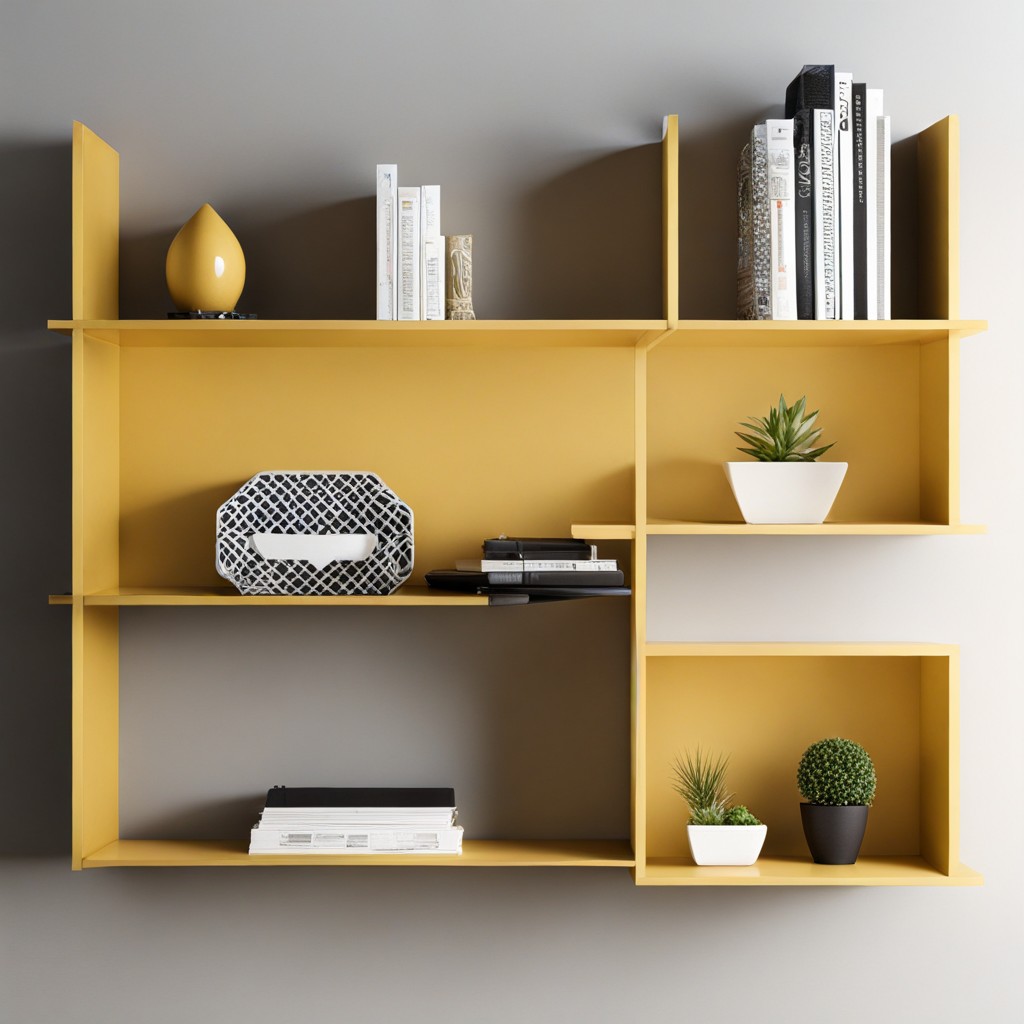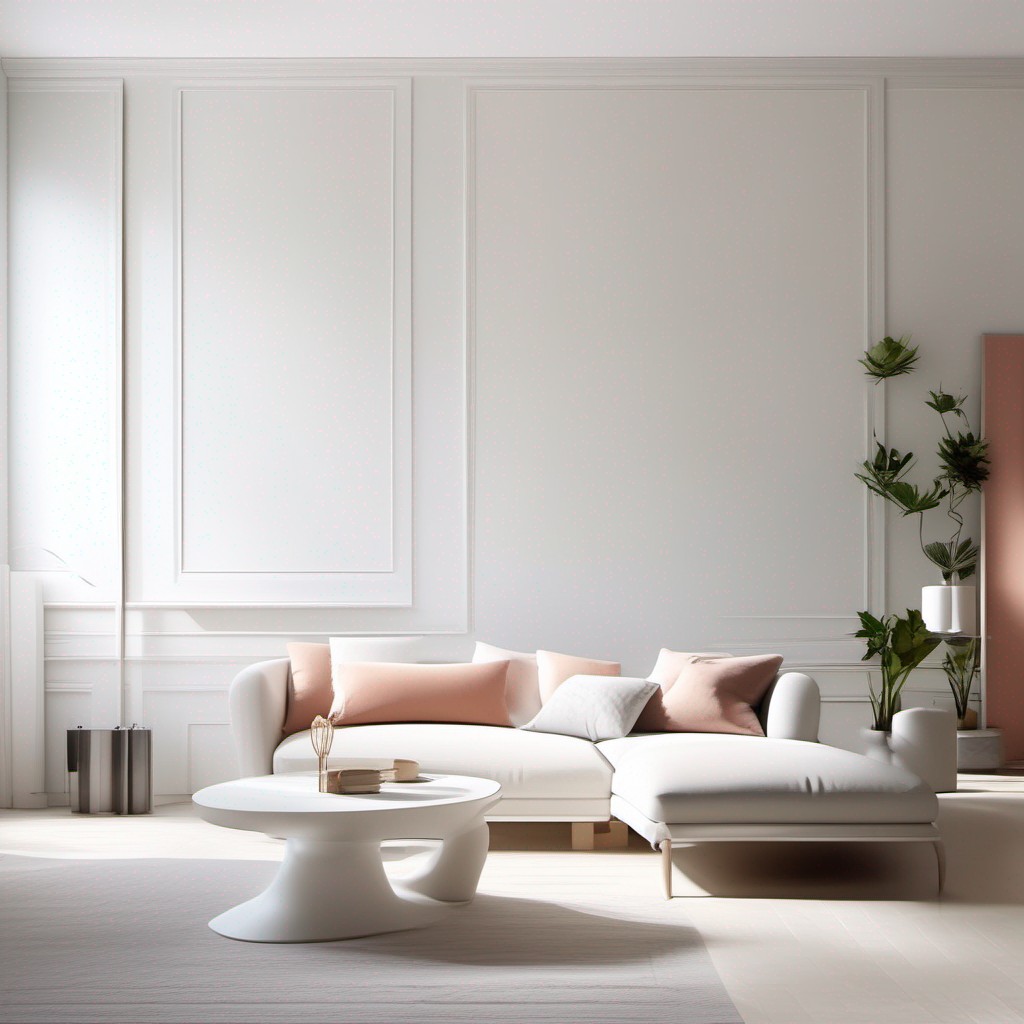The ability to live large in small spaces has become essential for many in a society when having a lot of room is considered a luxury. But do not be alarmed; rather, use this as a chance to release your inner interior design genius and create a masterpiece in your space rather than a compromise. Let’s explore the realm of little living, where having less space requires greater ingenuity!
The Minimalist’s Guide to Furnishing
It sounds like the person who claimed “less is more” lived in a little apartment. Embracing minimalism is the secret to making a small area appear larger than life. Choose furniture with several uses, such as a desk that can also be used as a dining table, a coffee table with concealed storage, and a sofa that can be used as a bed. Like a Swiss Army knife, your furniture should always be surprising and delightful.
Vertical Wonderland: The Art of Going Up

When floor area is limited, it’s necessary to glance above, literally. In compact living spaces, vertical space is a frequently neglected gold mine. Invest in lofty bookshelves that seem to reach the stars, showcase your valuables on wall-mounted shelves, and don’t underestimate the power of hanging plants. You’ll become increasingly aware that your area is a vertical wonderland that begs to be explored rather than merely a flat canvas as you travel higher.
Expanding Horizons with Reflections
The joy of living in a small area lies in mirrors. Mirrors can be strategically placed to give the impression of increased light and space, elevating your modest home to the level of a magnificent palace. Opt for big, eye-catching mirrors that may be used as chic décor in addition to being functional. When you have mirrors that give every corner a different dimension, who needs square footage?
The Power of Dual-Purpose Rooms: Where Office Meets Gym
Every room in the realm of tiny space living is multipurpose. Make your bedroom a home office during the day and allow it to become a comfortable haven at night. Think about investing in a desk that can be folded up, ottomans that can be used for storage and seating, and resistance bands that can transform your living room into an at-home workout. Making every room matter is more important than simply having more rooms.
Color Psychology: Painting Your Way to Spaciousness

Colors have the amazing ability to change how we see space. A space can feel more spacious and airy by using lighter colors like white and pastel. Try using a monochromatic color palette to make the transitions between spaces look smooth. Bold accents are a great way to bring individuality to a room without taking over. Don’t be afraid to use them. Recall that the atmosphere you create in a room matters more than its size.
The Illusion of Boundaries: Define Spaces without Walls
Is walled space definition necessary? Boundaries in the world of small-space living are less about physical barriers and more about visual clues. To define distinct areas in an open-concept design, use area rugs. Curtains and bookcases can make private spaces without completely enclosing the space. It’s a dance between dividing areas and preserving a seamless flow, akin to a polished ballet performed in your living room.
Conclusion: Living Large, Thinking Small
Small spaces are like a thread in the vast tapestry of life, ready to be weaved into a tale of ingenuity, flair, and originality. Living large on less is a celebration of the creative ways we can make constraints into possibilities rather than a sacrifice. So, keep in mind that the richness of your living experience is not correlated with the size of your space. Whether you live in a gorgeous attic or a studio apartment. Now is the moment to seize the cozy revolution and utilize every available square foot!
Also read: Small Spaces, Big Impact: Design Secrets for Cozy Homes
